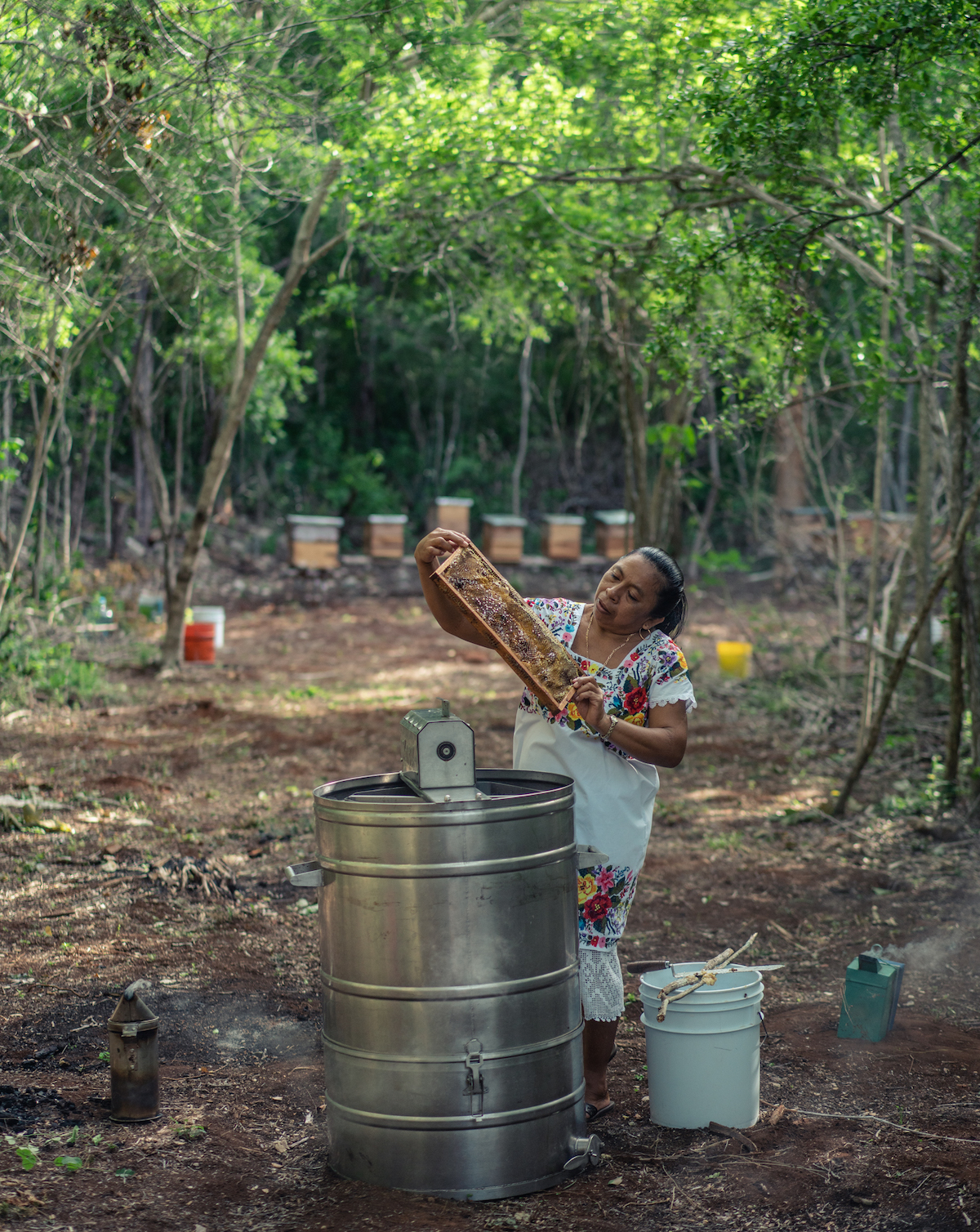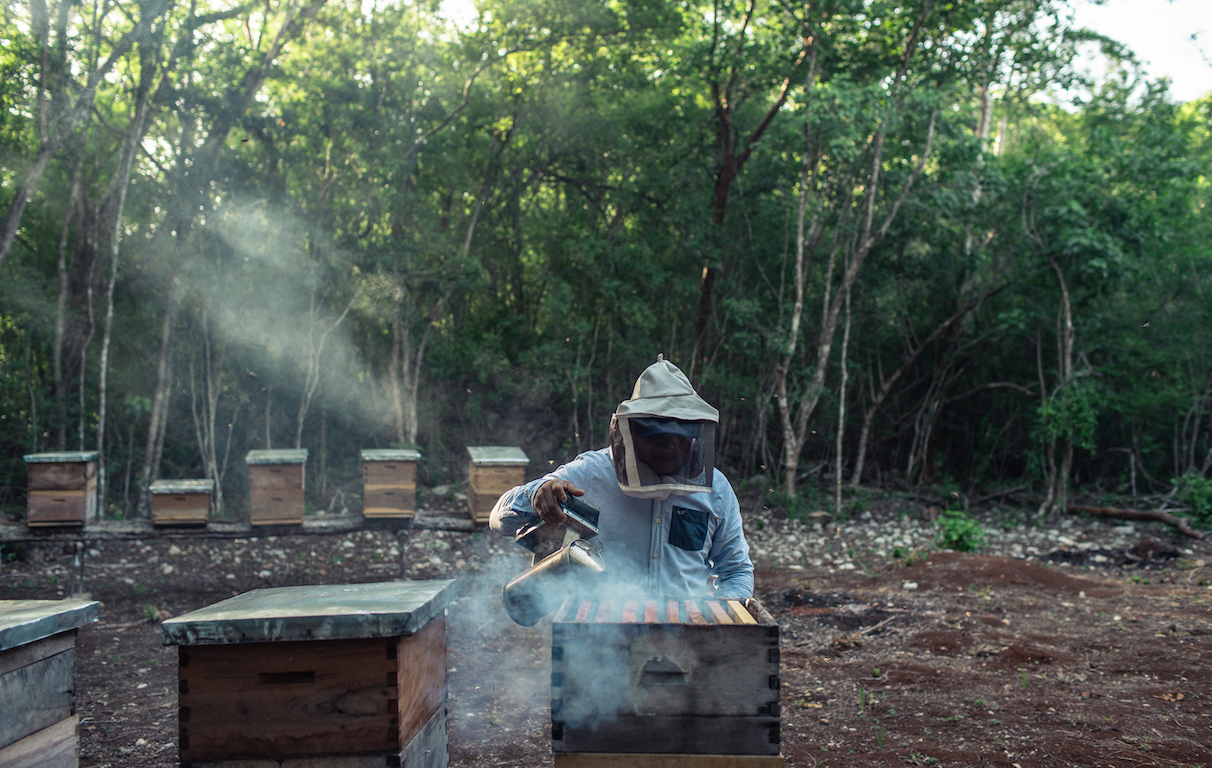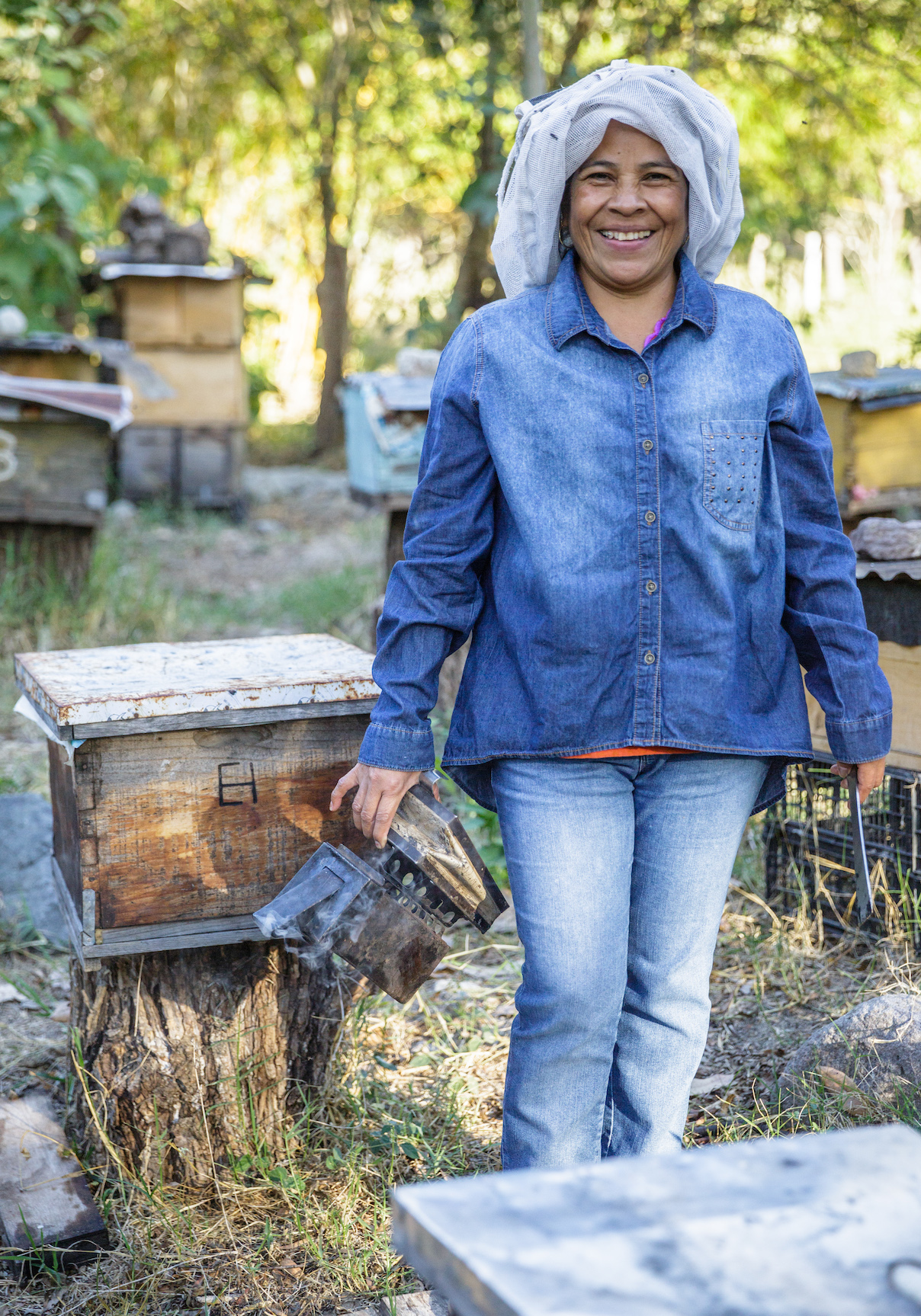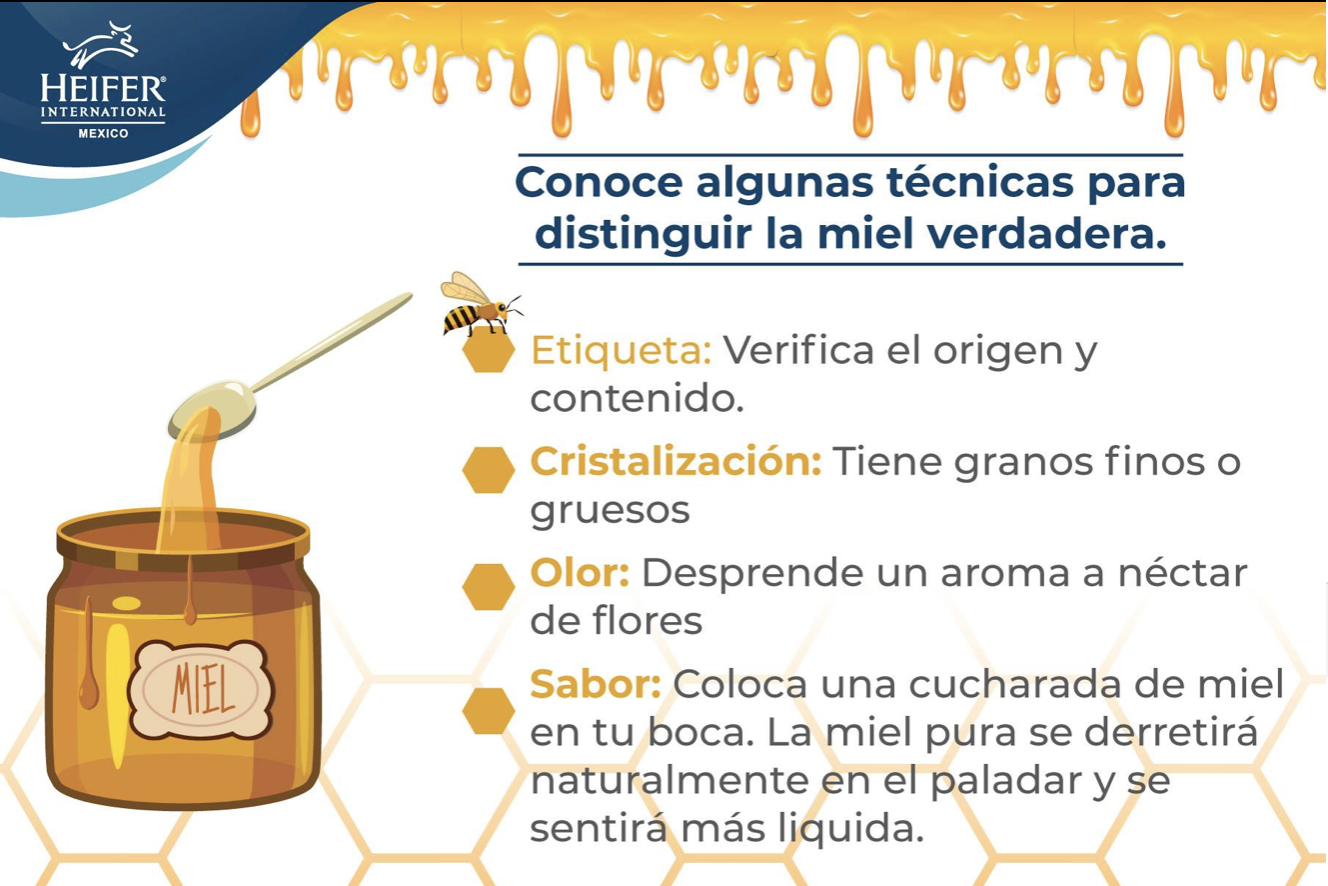The beekeeping industry in Mexico is facing a total estimated loss of 10.7 billion pesos ($576 million) a year due to cheaper competition in the form of adulterated honey coming in from other countries.

Small-scale apiarists, like those who work with Heifer Mexico, are hit the hardest. In the last year and a half, the country has been inundated with honey cut with cheap additives but marketed as the real thing. The fake honey, mostly arriving from China, is difficult to differentiate from pure honey, and its low cost is driving down the market.
Consumers can be easily convinced to buy fake honey, which can sell for as low as 20 or 30 percent of the price of pure honey. This can leave reputable beekeepers in a bind.
“It’s not a fair fight,” said Javier Sanchez, Heifer Mexico program manager. “Producers can’t sell their honey, so they don’t have cash flow to maintain their hives. They literally have to decide which hives to save and which hives to lose.”
Honey is the third-most adulterated food in the world, after olive oil and milk, according to research published in the Journal of Food Science. Pure honey is often cut with corn syrup, beet sugar or other sweet additives, and that practice follows a long tradition. Larry Olmsted, journalist and author of the book Real Food, Fake Food, wrote: “Reports of widespread counterfeit honey, made with glucose and just enough actual honey to give it flavor, plus the occasional body parts of bees to make it look authentic, date to at least 1881.”

Today, adulterated honey can be found all over the world. One study found 14 percent of honey samples originating from European Union member states did not conform to purity criteria. Another, which analyzed 100 honeys from 19 countries, found 27 percent of them to be of “questionable authenticity.”
Mexico’s Ministry of Rural Development says three-fourths of honey sold in Mexico is impure. Farmers competing against cheaper, adulterated honey find themselves unable to provide for their families through apiary endeavors and often must make the hard choice to abandon the hives and invest in crops like corn or beans.

Heifer Mexico works with about 2,500 beekeepers in Chiapas, Oaxaca, Puebla and Yucatan, and the team is exploring ways to connect those farmers to steady markets. This includes both local commercialization and connecting producers to international clients, Sanchez said.
Knowledge is also key. Consumers often don’t know what they’re buying isn’t pure, but sometimes businesses sell false honey without knowing it after receiving the product from other countries and mixing it with their local honey.
“The focus for donors is we need to link [small-scale beekeeping] organizations to the market in the long term,” Sanchez said. “For consumers, become aware or know where your honey comes from and prefer honey from organizations of small producers. For the government, mechanisms to block [unlabeled, adulterated honey] should be implemented.”

Sanchez added that this is an issue everyone should take seriously. Pollinators like honeybees are struggling, and that could mean an uncertain future for the crops they pollinate. Beekeepers who sell pure honey tend to take better care of their hives, which is good for everyone.
Mexico Country Director Victor Garcia said he wants to explore ways to add value to the honey Heifer project participants are cultivating. This could include turning honey into soaps, syrups, cosmetics or health supplements. One of the most important messages, Garcia said, is to “support honey projects and producers so they can sell their honey.”
To verify your honey is the real thing, the Heifer Mexico team recommends the following:
- Look at the label to verify the origin and content. Honey should be the only ingredient, and the more local the origin, the better.
- Look for crystallization.
- They honey should smell floral.
- When you put a tablespoon of honey in your mouth, pure honey will naturally melt and feel more liquidy.



